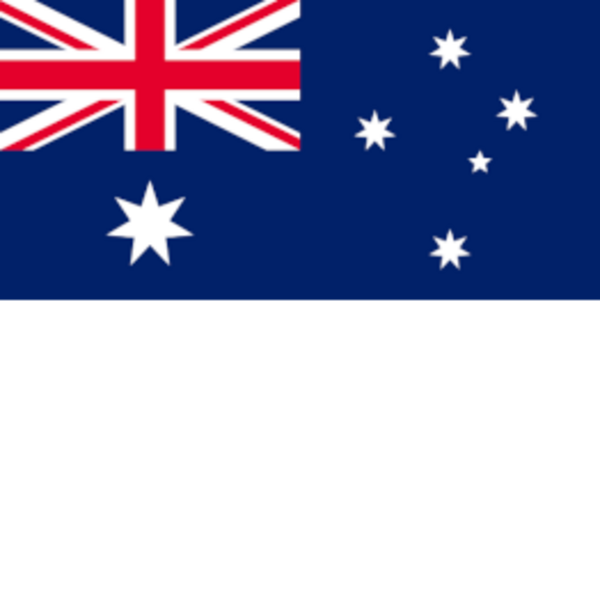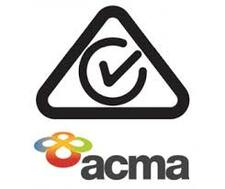Australia
The Responsible Suppliers, manufacturers or importers must meet all the requirements of the government to market their products in Australia. At first glance, the procedure seems confusing, but with the help of WWBridge, all documents will be received in an adequately short time. We will minimize costs and efforts and export goods to Australia in the shortest possible time, eliminating the procedures for working with certification bodies. By entrusting the case to professionals, you will minimize possible risks.
Certification services in Australia
- GEMS/MEPS certification
- The Regulatory Compliance Mark (RCM) (General) – EESS
There are three major Regulatory authorities in Australia:
- ACMA (Australian Communications and Media Authority),
- ERAC (Electrical Regulatory Authorities Council)
- GEMS (Greenhouse and Energy Minimum Standards)
GEMS
GEMS (Greenhouse and Energy Minimum Standards) is the mandatory energy efficiency certification for the electronic and electrical products in Australia and New Zealand market.
Including the previous major policy tools:
- Mandatory minimum energy performance (MEPS),
- Energy efficiency label (ERLS),
- Equipment energy efficiency plan (E3)
GEMS expands the energy efficiency to reduce greenhouse gas emissions and improve energy efficiency, guiding enterprises and consumers.
Since October 1, 2013, MEPS certification is no longer recognized. The products belong to the controlled class must have GEMS certification before they can be listed for sale.
GEMS controlled products include:
- External power supply
- Digital set top box
- Television
- Compact fluorescent lamp / Low voltage converter / Double ended fluorescent lamp / Fluorescent lamp ballast / Incandescent lamp /
- Washing Machine / Dryer / Dishwasher;
- Electric water heater / Air conditioning and heat pump / Three phase motor / Household refrigerating apparatus;
- Cooling tower / Precision air conditioning / Commercial refrigerators / Display cabinet / Distribution transformer.
Application requirements
GEMS certification is mainly divided into two steps:
1. First is to choose products for testing.
The standard of testing is consistent with the original MEPS.
2. The second step is to submit the test report and other materials for GEMS registration.
GEMS certification will be obtained with the materials audit passed.
The Regulatory Compliance Mark (RCM) (General)

The Regulatory Compliance Mark (RCM) is a trade mark owned by the electrical regulator (Regulatory Authorities (RAs)) and Australian Communications Media Authority (ACMA).
The Australian Standard AS/NZS 4417.1 and AS/NZS 4417.2 Marking of electrical products to indicate compliance with regulations – General rules for use of the mark provides general requirements for the use of the RCM including location of the marking on the equipment and its dimensional requirements.
The RCM is a symbol that represents compliance with two independent schemes:
- EESS;
- ACMA’s labelling requirements.
For electrical safety, in-scope electrical equipment must not be sold unless the item is marked with the RCM in compliance with AS/NZS 4417.1 & 2 and the EESS.
The existing three conformity marks(C-Tick, A-Tick, SAA)are united into a single conformity mark – RCM. The move to one single mark helps reduce red tape for industry and save costs. One mark to represent compliance to both schemes, and the removal of the need to track and mark equipment with unique approval/certificate numbers saves time and money. The symbol will also be easier to recognise by consumers.
How to get the RCM Mark?
The process for getting an RCM Mark for your product is similar to other certification programs such as CE Marking. First we need to do the testing on the product. In order to know what testing are required we need to determine which labeling notice is correct for your product and which standards the product must conform to.
There are four main labeling notices based on product groupings:
• Telecommunications,
• Radiocommunications,
• EMC,
• EME.
Each notice group has specific technical standards for testing.
Once all testing is completed and passed, and all relevant documentation is compiled, a Declaration of Conformity (DoC) will be prepared.
Note for the RCM Mark in Australia and New Zealand, a local representative will be required to sign off on the DoC before the product can be taken to market.
After all of these conditions are met, manufacturers can register their product with the Electrical Equipment Safety System (EESS) database through the ACMA. At this point, the RCM mark is affixed per ACMA guidelines, and the product can be sold in Australia and New Zealand.
Where to find the RCM Mark
The RCM could potentially be found in one of three places:
- Surface Label – in a contrasting colour or by relief with moulding or engraving.
- Electronic Label – on a built-in display, available during device start-up, or in the devices menu.
- Package Label – if it is not practical to display the RCM on the product, the RCM must be found on both the external surface of the packaging and in the documentation which accompanies the product.
ACMA compliance
All electrical and electronic radio equipment intended to be introduced into the Australian market has to comply with ACMA regulations.
There are four labelling notices, with which products shall comply with according to their specific characteristics:
- Telecommunications Labelling Notice
- Radiocommunications Devices Labelling Notice
- Electromagnetic Energy (EME) / Electromagnetic Radiation (EMR) Labelling Notice
- Electromagnetic Compatibility (EMC) Labelling Notice
Each Labelling Notice defines its Risk Levels depending on product type and based on the following scale:
- Compliance Level 1: Low-risk device
- Compliance Level 2: Medium-risk device / Non-high risk standard
- Compliance Level 3: High-risk device / High-risk standard
EESS approval process
EESS Approval is applicable when the product rated voltage is greater than 50 V AC RMS or 120V ripple-free DC; and less than 1000V AC RMS or 1500V ripple-free DC; or when the product is designed or marketed as suitable for household, personal or similar use.
There are also three Risk Levels for the EESS approval process. The Labelling is the same as for the ACMA Approval Process (RCM Mark) and a local importer is also required in order to register the equipment in the EESS Database.
The EESS has three categories of electrical equipment:
The three levels of equipment category have different certification and registration requirements depending on the electrical safety risks associated with each category.
HOW WWBRIDGE WILL ASSIST YOU?
We offer our customers wide range of services for an approval for the Australian market. Our certification team will coordinate the tests that need to be performed on site and then coordinate with the local authorities. Throughout the testing and certification process, we take care of the project handling for you, ensuring an efficient approval process and a quick admission to the Australian market. Leave your request by email: [email protected].
Certification experts will be pleased to consult you in your own language



